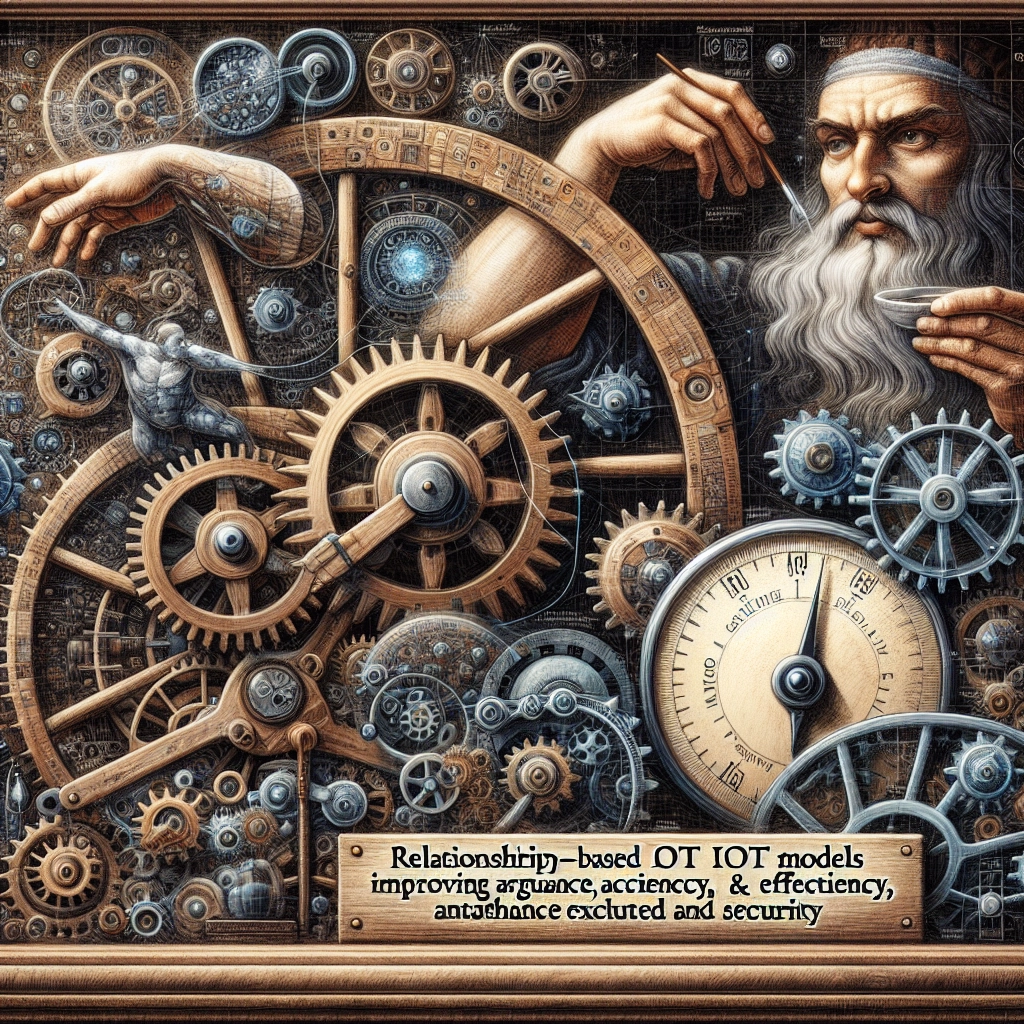
- Published on
- Authors

- Name
- ric de yuga 😄
What is a relationship-based IoT model? 🤔
A relationship-based IoT model is a type of IoT model that uses relationships between devices to create a more comprehensive view of the world. In a relationship-based IoT model, devices are not only able to communicate with each other, but they are also able to store and share information about their relationships with other devices. This information can be used to improve the accuracy and efficiency of IoT applications.
Why use a relationship-based IoT model? 💡
There are many reasons to use a relationship-based IoT model. Some of the benefits of using this type of model include:
- Improved accuracy: Relationship-based IoT models can improve the accuracy of IoT applications by providing a more complete view of the world. For example, a relationship-based IoT model could be used to track the movement of goods through a supply chain. By tracking the relationships between different devices, such as trucks, warehouses, and delivery drivers, a relationship-based IoT model could provide a more accurate and up-to-date view of the location of goods. 📦
- Increased efficiency: Relationship-based IoT models can also increase the efficiency of IoT applications. For example, a relationship-based IoT model could be used to optimize traffic flow in a city. By tracking the relationships between different devices, such as cars, traffic lights, and pedestrians, a relationship-based IoT model could identify bottlenecks and congestion and recommend ways to improve traffic flow. 🚦
- Enhanced security: Relationship-based IoT models can also enhance the security of IoT applications. For example, a relationship-based IoT model could be used to track the movement of sensitive data. By tracking the relationships between different devices, such as computers, servers, and firewalls, a relationship-based IoT model could identify potential security threats and take steps to mitigate those threats. 🔒
How to implement a relationship-based IoT model 🛠️
There are a number of ways to implement a relationship-based IoT model. Some of the most common methods include:
- Using a graph database: A graph database is a type of database that is designed to store and manage relationships between entities. Graph databases are a good choice for implementing relationship-based IoT models because they can efficiently store and query large amounts of data. 📊
- Using a NoSQL database: A NoSQL database is a type of database that is designed to store and manage unstructured data. NoSQL databases are a good choice for implementing relationship-based IoT models because they can efficiently store and query data that does not fit neatly into a traditional relational database schema. 🗃️
- Using a hybrid database: A hybrid database is a type of database that combines the features of a graph database and a NoSQL database. Hybrid databases are a good choice for implementing relationship-based IoT models because they can provide the best of both worlds: the efficiency of a graph database and the flexibility of a NoSQL database. 🌐
Conclusion 🎉
Relationship-based IoT models are a powerful tool that can be used to improve the accuracy, efficiency, and security of IoT applications. If you are looking for a way to improve your IoT applications,
